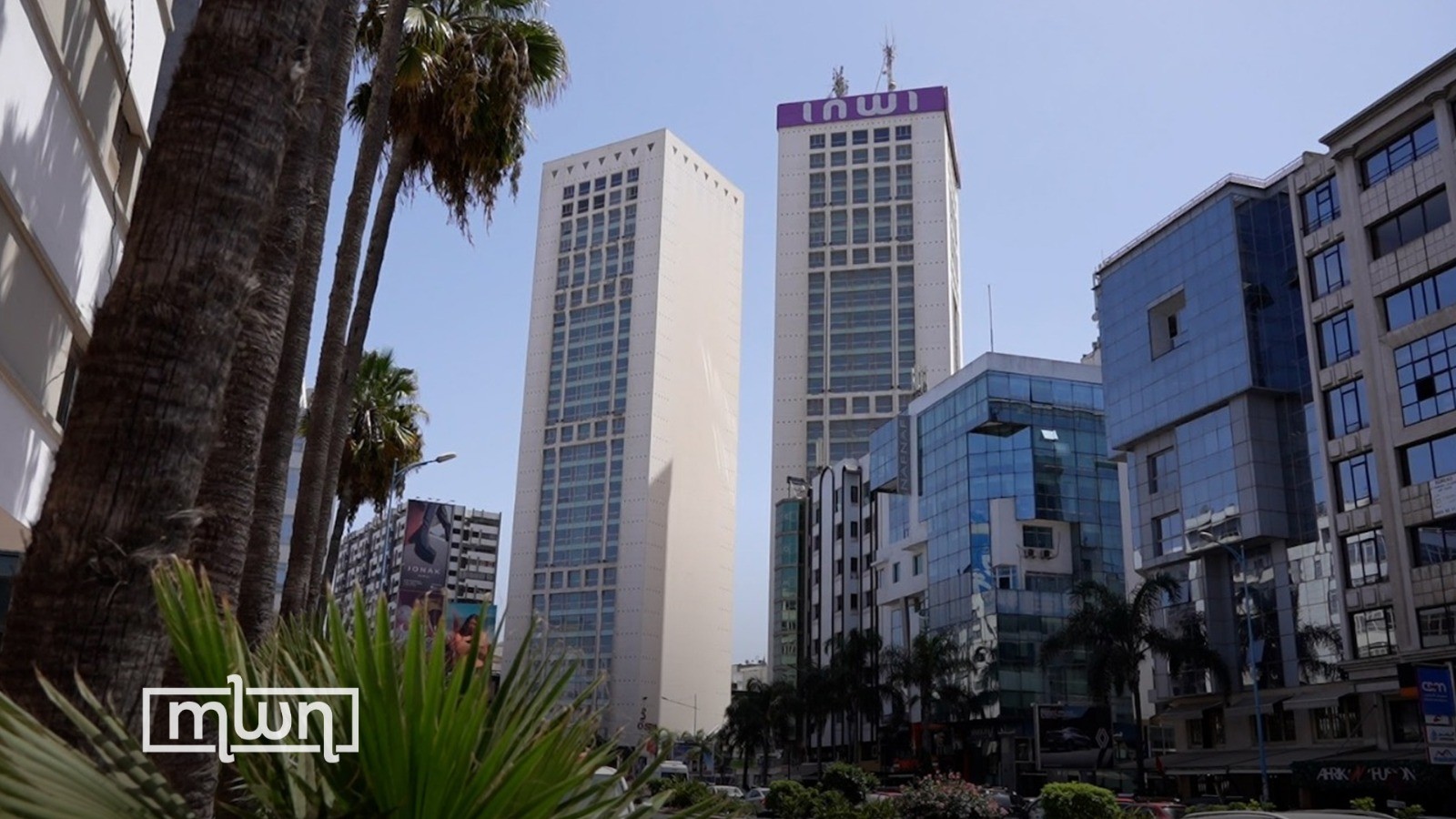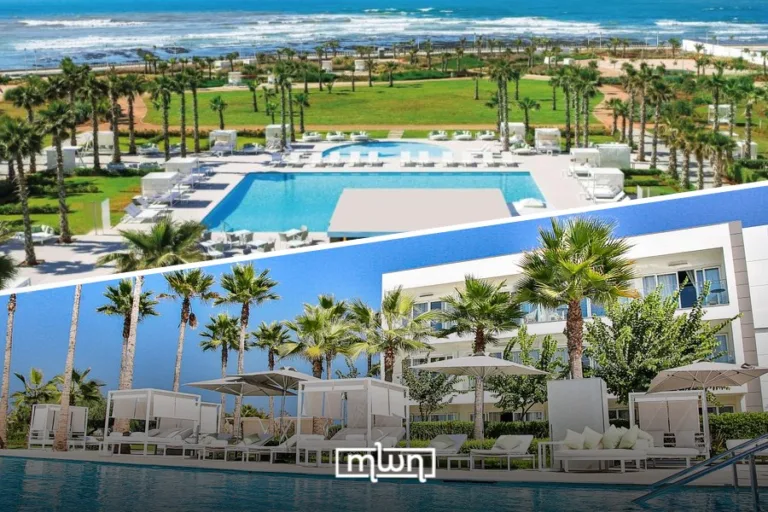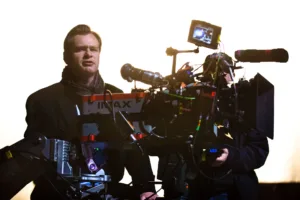Rabat – Spin the wheel. If you want it, Casablanca’s got it. The city may not have the energetic medina of Marrakech or the surfing vibes of Essaouira, but this is exactly why you should give it a chance.
Casablanca has a rich cultural scene, one of the more under-recognized aspects of which is its art scene. Casa boasts some of the most electric street art in Morocco.
French influences also helped inform the city’s incredible Art Deco architecture. If you want to experience both new and old, walk through Casablanca. Journeying through its streets is a great way to bring the otherwise business-centric city to life.
With its street art and art deco architecture, Casablanca is the perfect city to experience on foot. With a multicultural past, the city feels almost like it floats between eras. Take Casablanca’s status as a French Protectorate from 1912 to 1956. During this period, architects completed a multitude of development projects, often done in the Art Deco style.
This architectural style is symmetrical, simple in forms, and emphasizes geometric motifs.
Casablanca of the Past: Art Deco
In Casablanca, Art Deco architecture abounds. Take a walk through the Mohammed V Square to see some of the key examples of this style. The Central Post Office, the Palais de Justice, and the Wilaya are highlights of this area.
Architects completed the still-functioning Post Office in 1920. Construction of the Palais de Justice ended in 1925. The Wilaya is a regional government office built in 1927. If you want to continue this historical journey, take a walk along the nearby Rue Driss Lahrizi. This street contains many examples of Art Deco architecture and a walk down the street will delight any fan of old architecture.
An incredible example of Art Deco Architecture as well as a religious anomaly in the context of Morocco is the Sacré-Cœur Cathedral.
This Catholic church opened in 1930 but ceased to have its religious function when Morocco gained its independence in 1956. The outside is a glistening white. On the interior, the church has an impressive collection of stained glass windows.
The church is next to the Arab League Park, a 30-acre park created in 1913. It has a playground for kids, meticulously groomed gardens, and ample green space for locals and visitors alike to relax, making it the perfect place to have a picnic lunch.
The Cinema Rialto is one of the more famous Art Deco buildings in Casablanca with a storied history. Completed in 1929, this building was operational until recently but still stands as a vestige of Casablanca’s early 20th century cultural scene. Josephine Baker, the famous singer, dancer, and French Resistance spy, performed at the Cinema Rialto during World War II, much like other famous musicians such as Edith Piaf.
Unfortunately, the theater seems to have recently ceased to stop functioning, but it remains worth visiting for the chance to imagine what Casablanca might have been like in the 30s and 40s.
Other monuments of Art Deco architecture in Casablanca include the Al-Quds Mosque, Old Abbatoirs, the IMCAMA building, and the Maret building.
The Al-Quds Mosque was built in 1920 and was a Neo-Gothic church before Morocco gained independence. The Old Abbatoirs used to house slaughterhouses but has found new life as a cultural space.
Meanwhile, The IMCAMA building was designed in 1928 and has especially beautiful checkerboard and fish scale detailing. The Maret building, built in 1932, fuses Moorish Revival, Neoclassical, and Art Deco architecture with its Moroccan zellij mosaic tiles, rounded corners, and brightly colored dome.
Casa Now: Art for the Streets
Present-day Casablanca has a very different look. Take a walk through the Medina and you’ll see graffiti in about every street you walk through. This graffiti is typically done by Ultras, hardcore football fans who put them up to support their teams.
This is especially significant in Casablanca, which is home to Wydad AC and Raja CA, the two historically strongest teams in Morocco with arguably the greatest rivalry in Moroccan sports.
Keep walking through Casablanca and you’ll come across some incredible murals done by Moroccan graffiti artists. Morocco has a vibrant graffiti scene that is simultaneously international and Moroccan.
Artists make murals for festivals, which regularly bring in international artists. In Casablanca, Cultural agencies such as WeCasablanca put on several graffiti festivals during the year. These festivals usually have commissioned street art murals, art installations, and free workshops. The street art created for these festivals stays up and it’s easy to stumble across impressive murals on a walk or a taxi ride.
One option for tourists who want to see graffiti and get an idea of Casablanca as a city is to take a bike tour. Alouane Bladi heads a non-profit organization for Moroccan Street Art. Occasionally, they oversee street art tours of the city, with some companies als offering bike tours of the city.
For those hoping to explore Casablanca’s art scene more thoroughly, here are 10 artists whose work can be seen throughout the city.
Street Artists in Casablanca
Mehdi Annassi, or Machima, is a street artist who has been active around Morocco. In 2018, Annassi was commissioned to create a Google Doodle when the Moroccan football team made it to the Russia World Cup.
In 2021, Machina created two murals that included a scannable QR code, depicting an Amazigh man and woman in richly patterned coats listening to music through headphones.
The QR code took those who scanned it to a playlist that imagines what music the people are listening to. These works are both painted by the Stad Habib Zemrani at the Boulevard D’Afghanistan.
Amine Hajila is a street artist featured extensively in programs by the Villa Des Arts, an art museum and space for contemporary art in Casablanca. Amin Brush creates in a variety of forms including murals, canvas works, and skateboards.
Head to the Villa Des Arts to check out works by Hajila, who recently created a mural at El Hank that depicts an Amazigh woman wearing ornate Amazigh jewelry and black sunglasses. Her pose is reminiscent of 50s movie stars.
Imane Daroubi is an extremely talented Moroccan artist whose creations are visible throughout the country. A characteristic of Daroubi’s art is that her murals often depict children and everyday people in a realistic style.
Check out Daroubi’s wall for Casamouja22, which depicts a teen in a paint and clay stained apron holding a mug that she appears to have created. This must-see wall is visible in the D’El Hank neighborhood.
Mehdi Zemoura has created murals visible throughout Casablanca and other cities in Morocco. This year, Rabat’s annual street festival Jidar commissioned him to create a mural.
Head to Grand Casablanca by Boulevard Tah to see some of Zemoura’s football murals celebrating Morocco’s showing in the 2022 World Cup.
Zemoura created a work titled “Peacock” for Casamouja21, the 2021 edition of a Casablanca street art festival.
Located in Grand Casablanca, the work is beautiful as it blends the two-dimensional feel of graphic art and a three-dimensionality realistic style to create a work that appears to stretch its neck out of the building it is painted on.
Bakr Addou has also been featured in festivals throughout Morocco. He has an extremely visible work in Casablanca in “Ghost Light,” which can be seen at Phare d’El Hank. The mural of a Moroccan fisherman holding a lantern flickers with illumination.
Tramway, Casablanca
Soufiane Zorgane has created several murals to memorialize the Moroccan men’s and women’s national football teams.
For Casamouja22, Zorgane created a mural that spans several walls near Rond Point Chimicolor. Notably, he creates backgrounds for his murals using Arabic calligraphy.
Another of Zorgane’s works in Casablanca depicts an Amazigh woman with traditional turquoise blue face tattoos. This mural is in El Hank and was created for Casamouja21. It is visually reminiscent of graphic novels and video game characters.
Sara Lamine, also known as Rose, is an accomplished Moroccan street artist whose recent work can be seen in the Casablanca City Centre. The mural depicts a woman and a car with an alphabetic background.
Mohamed Touirs, aka Ed Oner, is from nearby Berrechid and honed his craft creating graffiti in Berrechid and Casablanca. Nowadays, Ed Oner is a renowned street artist that has traveled Morocco and the world creating murals for Street Art Festivals.
The artist’s signature style involves creating murals in the form of a stamp.
Traditional ferran or oven in Casablanca
In Casablanca, check out Ed Oner’s El Hank tripartite mural series. The murals memorialize the Moroccan footballers Yassine Bounou, Achraf Hakimi, and their head coach Walid Regragui.
This series is located on Rue Ahmed Ben Bouchta in El Hank, Casablanca. Ed Oner created the murals in honor of the Moroccan national men’s football team’s fourth-place finish in the 2022 World Cup.
Majid Elbahar’s art gives fractured views that distort perspective. This technique is both visually appealing and thought provoking.
In El Hank, Elbahar created “The Beauty,”a mural depicting an Amazigh woman with and without traditional Amazigh jewelry.
Souq in Casablanca, Morocco
Samir Toumi is a now renowned artist who began learning graffiti by creating it in support of his soccer team Wydad AC. Toumi’s pieces have the appearance of collages, and are often sepia-toned.
In 2022, Toumi created a mural for Casamouja22, taking the form of a gate bustling with people, with the sepia hues giving it a nostalgic feel.
Other Art
Besides the art visible in the streets, Casablanca has several renowned contemporary art museums.
The Abderrahman Slaoui Museum and the Villa Des Arts have impressive collections with regular new exhibitions that highlight contemporary art in the context of Arabic culture. Visits can also check out the Artorium, a cultural space that sometimes hosts exhibits.
L’Atelier 21 is a gallery that hosts contemporary artworks by a variety of artists and is another must visit.
If you’re visiting Casablanca during the summer, Casa Anfa organizes summer festivals including the Jazzablanca Festival and Anfa Park en Fête. These festivals have great food, music, and art.















